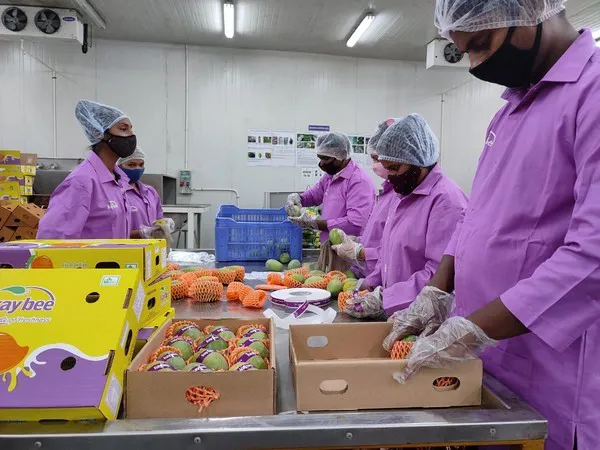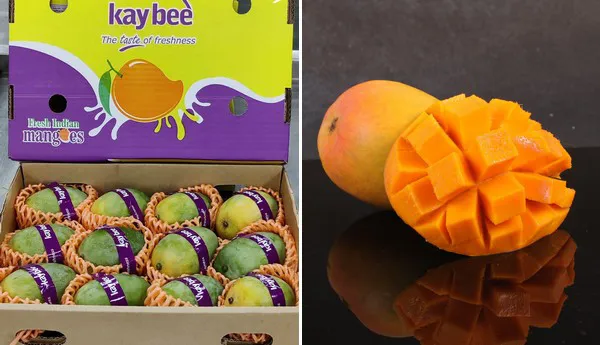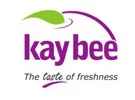Growers and shippers of Indian mango welcome the decision to export good volumes of the mango to the U.S. this season.
On Saturday, the Department of Agriculture and farmer’s welfare (DAC&FW) and US Department of Agriculture (USDA) reached an agreement to implement a 2 Vs 2 Agri market access issues i.e inspection/oversight transfer for Indian mangoes and pomegranate and market access for pomegranate arils from India and market access for U.S. cherries and U.S Alfalfa hay. Mango shipments are permitted to begin this month while pomegranate arils are approved from April 2022 onwards. Exports of Alfalfa hay and cherries from the U.S. also begin at that time.

It’s welcome news for exporters of Indian mangoes. For two seasons now, the fruit has been largely absent from the U.S. market following COVID-19 interfering with exports. As Kaushal Khakhar, CEO of Kay Bee Exports noted in an article last year, U.S. mangoes could only be shipped under the USDA pre-clearance program wherein a USDA inspector comes to India, supervises the treatment and pre-clears it. That way there’s no risk of non-clearance and it’s a practice that has not happened since the pandemic emerged.
In working to make way for the clearance, a number of options to allow the fruit to be shipped were explored. While posting a USDA inspector in India was one approach, another was irradiating the fruit after it arrived into the U.S. “But this has limitations. If mangoes are inspected prior to irradiation and then found to have an issue, you’re stuck with that product,” he says. Khakhar also notes irradiation centers can only be found in two U.S. cities. “So you would only gain approximately 10 percent of the market access.”
Pathway moving forward
A third option, the one that has been agreed between the two countries, is the “transfer of oversight” program. This allows India to ship fruit by having the mangoes irradiated in India with an Indian inspector prior to arrival in the U.S. “So there will be no pre-clearance and there will be a post-arrival inspection,” Khakhar says.

Irradiation is a quarantine treatment which Khakhar says is increasingly being used globally as it is safe for consumers and easy on the fruit as well. For Indian mangoes, a target dose of 400 gray is mandated. USDA has approved three irradiation plants in India.
With this decision, Khakhar believes the fruit will meet strong demand in the U.S. “Indian mangoes sell 3-4x the regular mango price. They’re air flown and are going through an expensive treatment,” he says. “The Indian population in the U.S. is quite significant and they’re one of the most affluent communities in the U.S. There’s a lot of capacity to pay good money for good mango. The key point is to ensure top quality commensurate with the top dollar that Indian mangoes command.”
 For more information:
For more information:
Kaushal Khakhar
Kay Bee Exports
Tel: +91 2241 57 8900
[email protected]
www.kaybeeexports.com
www.mangofirst.com
